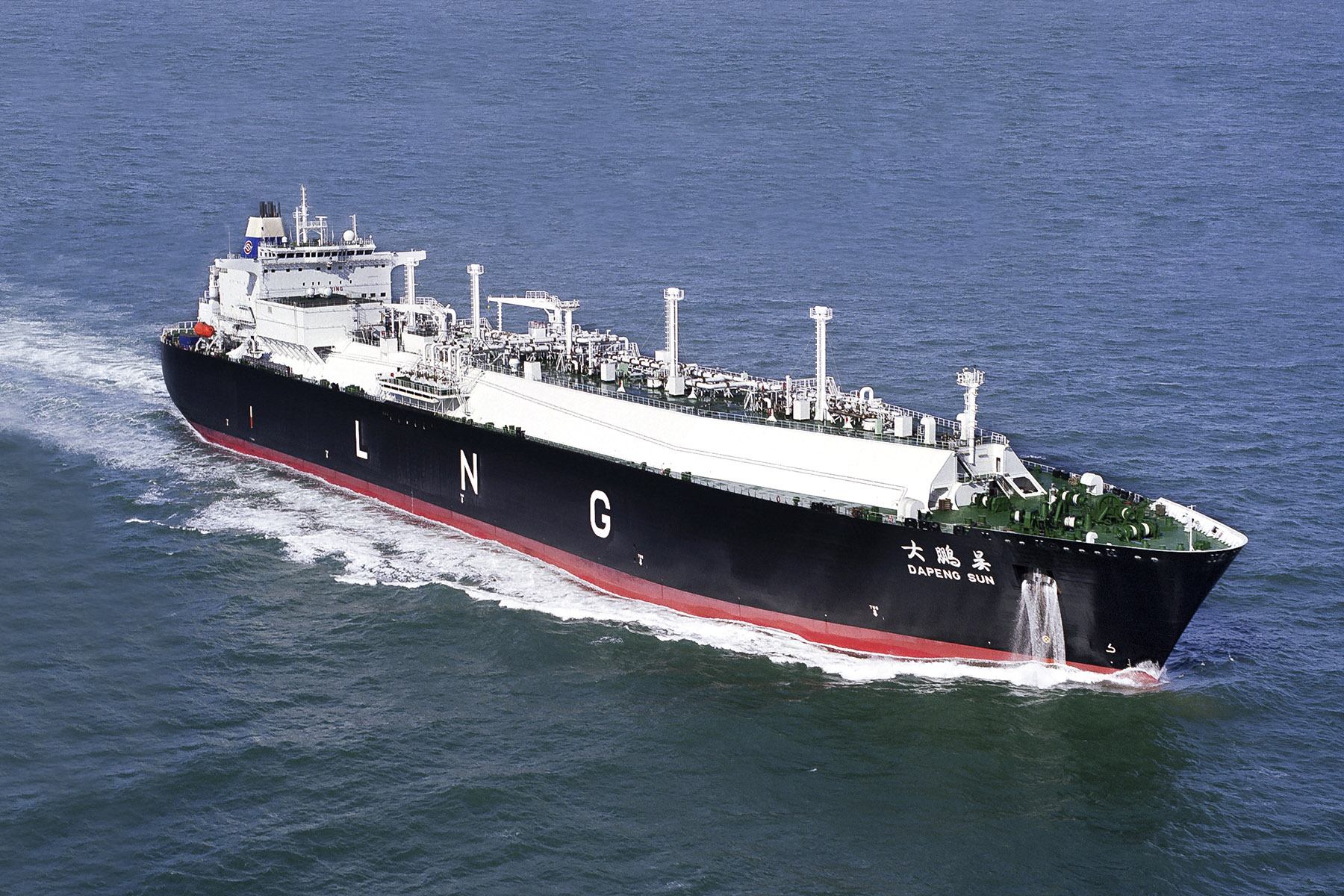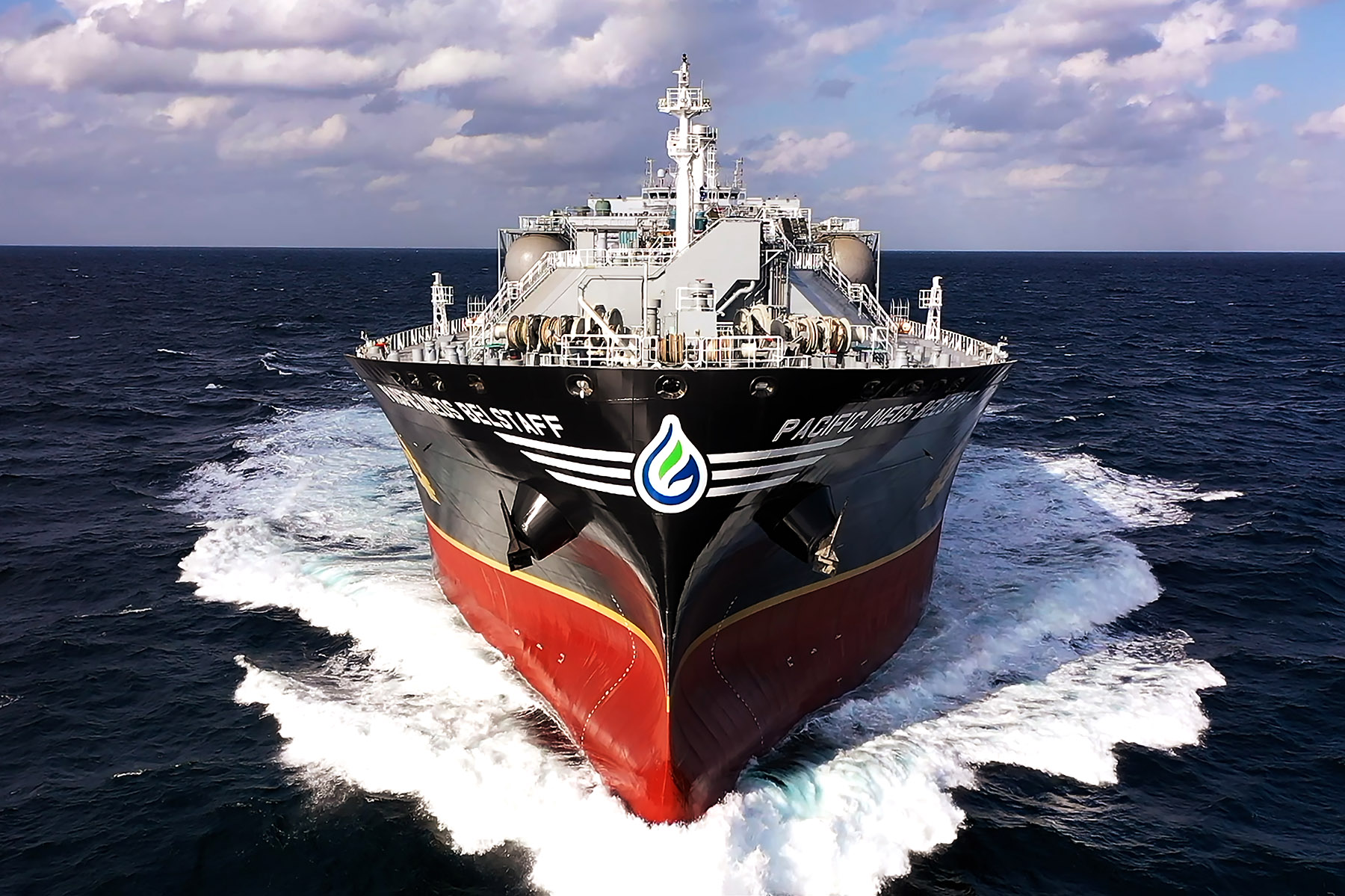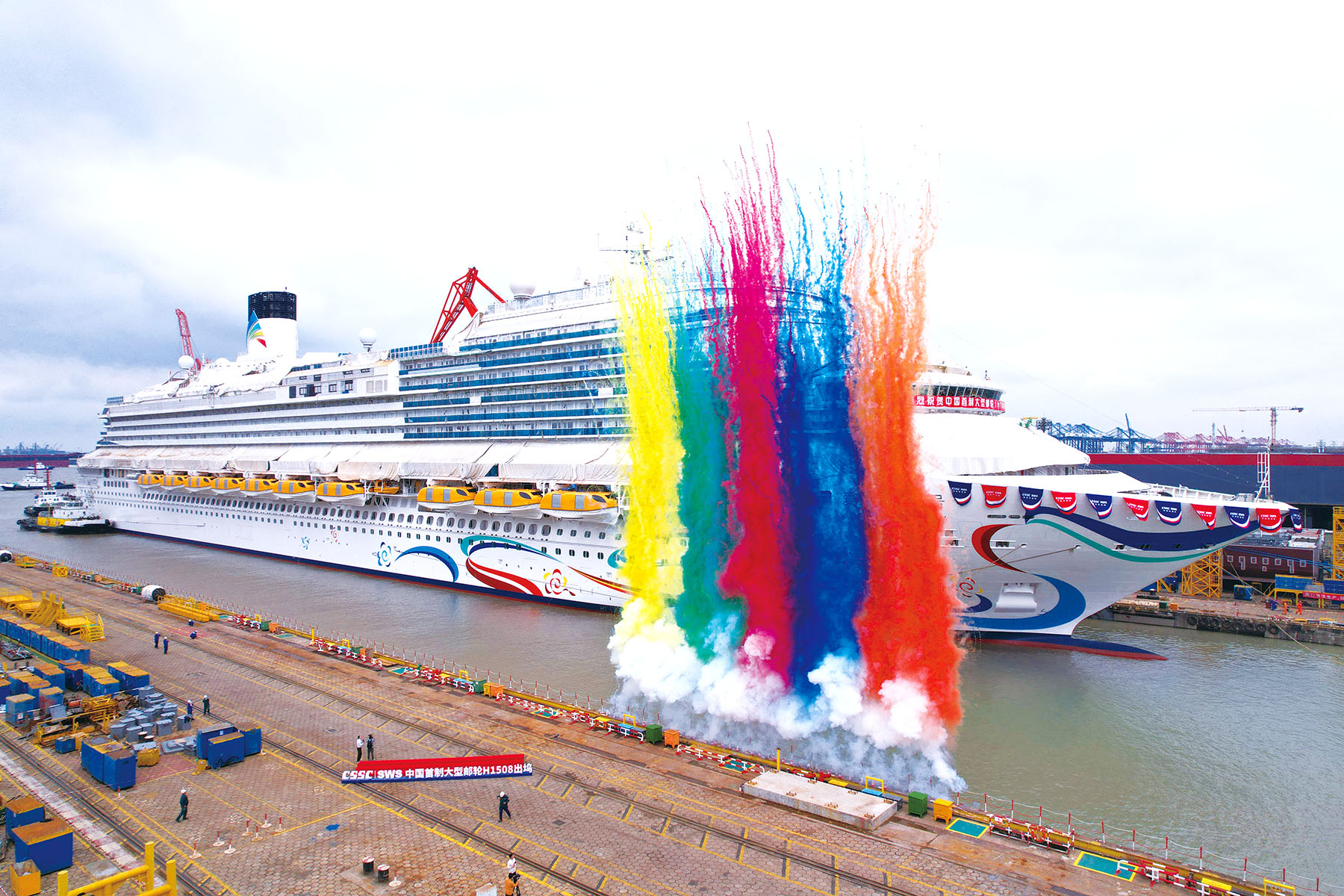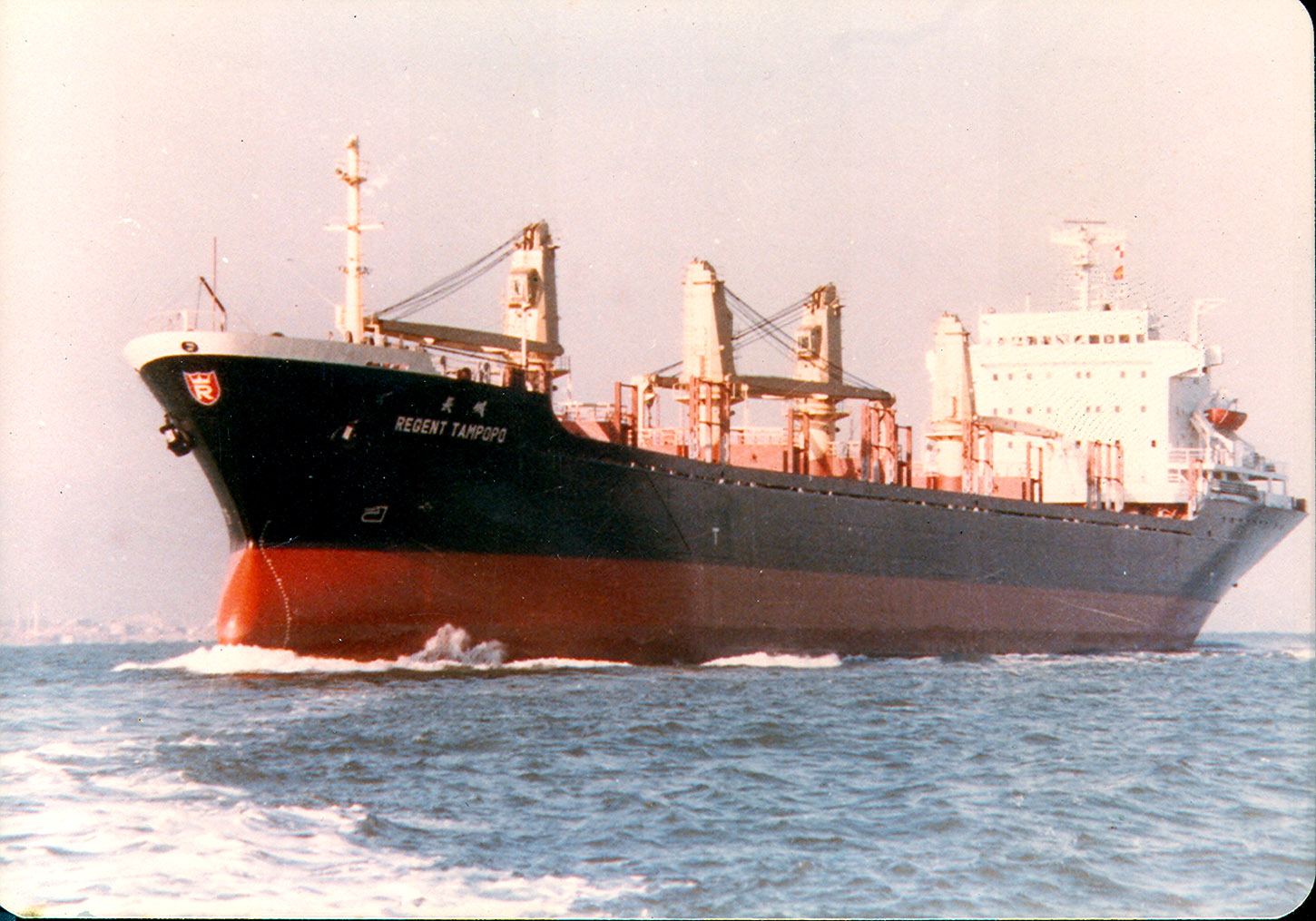US efforts to bolster capacity unlikely to faze well-established industry in China

The United States' plan to boost its shipbuilding capacity and impose fees on Chinese vessels is unlikely to have a major impact on the booming industry in China, experts and analysts said.
In his national address last month, US President Donald Trump vowed to set up a new office of shipbuilding in the White House to "resurrect the American shipbuilding industry, including commercial shipbuilding and military shipbuilding".
Trump said the US is going to make ships "very fast, very soon", which will have "a huge impact" to further enhance national security.
In a separate move, the US Trade Representative on Feb 21 proposed charging substantial fees on Chinese-built vessels entering US ports under a union-supported plan to spur US shipbuilding.
READ MORE: China urges US to stop proposed shipbuilding, logistics, maritime curbs
Under the proposal, vessels owned by Chinese maritime transport operators would pay a port entrance fee of up to $1 million each time, and other operators using Chinese-built ships could be charged as much as $1.5 million.
However, industry experts and insiders said the US government's latest attempts to restore its shipbuilding prowess are unlikely to shake China's current position as the world's largest commercial shipbuilder.
"The trend of China's shipbuilding industry holding the title as the world's largest shipbuilder is irreversible, and I see little challenge to China retaining the position," said Hu Keyi, chief of corporate technology with Jiangnan Shipyard, a unit of China State Shipbuilding Corp, the world's largest shipbuilder.
Yi Guowei, deputy manager of large cruise ship project of CSSC's Shanghai Waigaoqiao Shipbuilding Co, said, "the US used to be the world's greatest shipbuilding power, but the shipbuilding industry requires a complete industrial chain, which took China decades to develop to reach its current scale".
In a March 23 Washington Post report, maritime experts were quoted as saying it is unrealistic to expect the US shipbuilding industry to revive overnight, and it will require decades of ongoing support from the US government. There are currently not enough US-made ships to replace China-built ones in the market, so to impose hefty port entrance fees on Chinese ships will only increase freight costs and disrupt global supply chains, the report added.

Numbers say it all
China last year led the world in contracting, order book and delivery of vessels, three major indicators in global shipbuilding, according to data published by the Ministry of Industry and Information Technology.
Chinese shipbuilders completed construction of 55.7 percent of global orders in 2024, received 74.1 percent of the new orders, and accounted for 63.1 percent of the world's hand-held vessel orders, representing year-on-year growth of 13.8 percent, 58.8 percent and 49.7 percent respectively.
China now produces more than half of the world's cargo ships by tonnage, up from just 5 percent in 1999, followed by Japan and South Korea, USTR figures showed. Last year, US shipyards built just 0.01 percent of the total.
In 2023, China for the first time accounted for half of the world's total shipbuilding production by delivering 17.4 million compensated gross tonnage, and significantly consolidating its importance to the global shipbuilding industry, said Stephen Gordon, managing director of Clarksons Research. Despite major disruptions in recent years, shipping remains vital to the global economy by moving 85 percent of all trade globally, Gordon said.
"The outstanding achievements in capturing new orders and expanding production have indicated the strong foundation of the Chinese shipbuilding industry, and they are the results of collaboration with global prime suppliers," Li Yanqing, secretary-general of the Beijing-based China Association of the National Shipbuilding Industry told China Central Television.
The orders Chinese shipbuilders hold in hand are equivalent to the combined workload of four years, laying a solid foundation for the sector to achieve stable development, Li said.
Starting from scratch
Although the Chinese shipbuilding industry tops the number of new orders received across 14 vessel categories, it was not until the late 1970s when local shipbuilders began pursuing international orders.
When China began opening-up, its undeveloped shipbuilding sector was striving to complete for orders in the highly-competitive global market then dominated by the European Union, US, Japan, and South Korea.
The successful delivery of the 27,000-ton bulk carrier Regent Tampopo in January 1982 to Hong Kong entrepreneur Chi-Li Pao was widely regarded as a breakthrough. Constructed by CSSC's Dalian Shipbuilding Industry Co in 18 months, it was the first large-scale ship built by China and exported in accordance with international standards, according to the Marine Design & Research Institute of China.
The domestic shipbuilding industry entered a new era in the early 80s, and China received 77 vessel orders from international customers, according to MARIC.
"The high quality and large quantity of Chinese talent made the Chinese shipbuilding industry's transformation possible," said Zhang Fumin, a MARIC researcher.
"In the past few decades, several aspects have contributed to the rise of the nation's shipbuilding industry. The continuous industrial development has offered the foundation; the stable domestic economic growth provides an ideal environment; and the central government's consistent support for technologies create the ground for industries including shipbuilding to grow and vigorously development," Zhang explained.
In 1995, China surpassed Germany to become the world's third-largest shipbuilder.

Upgrade transition
Since then, China's shipbuilding industry has been on a fast track. New orders received grew from 6.56 million tons in 2002 to surpass 50 million tons in 2006, and doubled to 107.52 million tons in 2007.
The number of active shipbuilders in China also quickly increased from 79 in 2000 to 414 in 2008, according to a report by China Ship News.
Many of the industry's pioneers later started building high-end vessels that require greater technical skills, but also offer more added value.
Hudong-Zhonghua Shipbuilding (Group) Co, a Shanghai-based subsidiary of CSSC, started looking at constructing LNG carriers in the late 1990s, when the market was dominated by Japan, and later South Korea.
LNG carriers are recognized as one of the greatest maritime construction challenges, along with aircraft carriers and large-scale cruiseliners.
The building of these carriers had shifted from Europe to Asia back then, but Asian shipyards were unwilling to cooperate with Chinese counterparts for fear of losing their dominance, said Chen Jun, general manager of Hudong-Zhonghua Shipbuilding.
However, almost 10 years later in April 2008, Hudong-Zhonghua delivered China's first LNG carrier, Dapeng Sun, and broke the market dominance.
Hudong-Zhonghua has now delivered more than 40 LNG carriers of various types, and is on track to build the world's largest such carrier with a maximum carrying capacity of 271,000 cubic meters of liquefied natural gas.
To date, Hudong-Zhonghua has developed five generations of LNG carriers and become a global leader in LNG carrier building.
The company's shipyard is aiming to create a new record this year by having as many as 19 LNG carriers under construction at the same time. The shipbuilder is also planning to set a new record by delivering 13 LNG carriers in 2025.
Opportunity knocks
The number of active shipyards around the world shrunk from 1,031 in 2008 to 371 in 2023. Chinese shipbuilders took advantage of the trend to restructure and reshuffle, and increase their global market share.
"While conventional shipbuilding countries including South Korea and Japan were confronted with tremendous challenges amid the global downturn, Chinese shipbuilders rapidly adapted to the new situation based on their strong risk control capability — as well as strengths in production ability — and expanded their global market share," said Wang Zhangjian, director of the Design and Research Institute with CSSC's Shanghai Waigaoqiao Shipbuilding Co.
In 2010, China's shipbuilding industry accounted for 41.9 percent of deliveries, 48.5 percent of contracts and 40.8 percent of the global order book. Since then, China has strengthened its domination of the global market.
In the meantime, more and more Chinese shipbuilders have made breakthroughs in building large-scale and high-end vessels.
One of its most notable achievements is the independently developed, designed, and constructed very large ethane carrier. According to Hu from Jiangnan Shipyard, the vessel was independently developed by his shipyard, with all the core systems having independent intellectual property rights.
"Its complexity is not inferior to that of building LNG carriers," said Hu.
Starting research and development in 2016, Jiangnan Shipyard received its first VLEC order at the end of 2018, and delivered its inaugural vessel in late 2020. To date, the Shanghai-based shipyard has delivered nine VLECs, with another 40 more ships in hand, accounting more than 70 percent of all hand-held VLEC orders worldwide.
"Such unparalleled dominance in the global VLEC market is attributed to the more than two decades of gas carrier research, development, and construction," said Hu.

Jewel in the crown
Delivered on Nov 4, 2023, Adora Magic City, the nation's first domestically built cruise ship, completed its 100th commercial voyage on March 10, marking a new milestone in China's cruise ship development.
The giant liner made its maiden commercial voyage on Jan 1, 2024.
The successful delivery and operation of the vessel meant China joined Italy, France, Germany and Finland as one of only five nations to design and build a cruise ship.
"Building Adora Magic City is a solid step in China's transition from the world's largest shipbuilder into a maritime power," said Wang, director of the design and research institute.
Building a cruise ship is the jewel in the crown of the shipbuilding industry, as the gigantic engineering project directly reflects a nation's scientific and technological level, and manufacturing strengths, Wang said.
A modern "city on the sea", Adora Magic City is a 323.6-meter-long and 37.2-meter-wide cruise ship that contains 107 systems, 55,000 sets of equipment, 25 million components and parts, 4,750 kilometers of cables, 365 km of pipelines and 120 km of air pipes.
"China's leapfrog from a follower to a global leader in just over four decades resulted from a number of factors including the guidance of national strategies, continuous breakthroughs in technological innovation, and in-depth integration with the global market," said Wang.
"Cruise market opportunities, along with green transformation and accelerated digital and intelligent transformation will bring unprecedented development opportunities to China's shipbuilding industry," Wang said.
Staying on top
China's shipbuilding industry has reached a critical historical juncture moving from scale leadership to value leadership, which is full of opportunities and challenges, Wang believes.
The domestic shipbuilding industry's rapid development has created the world's most complete industrial chain with good technological support and abundant talent.
"More importantly, it is an extremely healthy industry, allowing us to further develop and innovate the incremental market of cruise shipbuilding," said Yi.
ALSO READ: US urged to abandon hefty ship levies plan
Qin Qi, a senior engineer at the Marine Design & Research Institute of China said, "The process of China transiting from the world's largest shipbuilder to a maritime power is unstoppable".
"Strong support from the Chinese government, the gigantic domestic market, its complete industrial and manufacturing (base), and collaborative strengths guarantee the rise and rapid development of the country's shipbuilding industry," Qin said.
"In the meantime, the market mechanism allows China's shipbuilding industry to be competitive internationally through efficiency and quality.
"En route to becoming a world-class maritime power and shipbuilding power requires further reform and opening-up, and making quality, efficiency and technological advancement the priorities in every single task of shipbuilding," Qin said.
Contact the writers at yuyilei@chinadaily.com.cn


